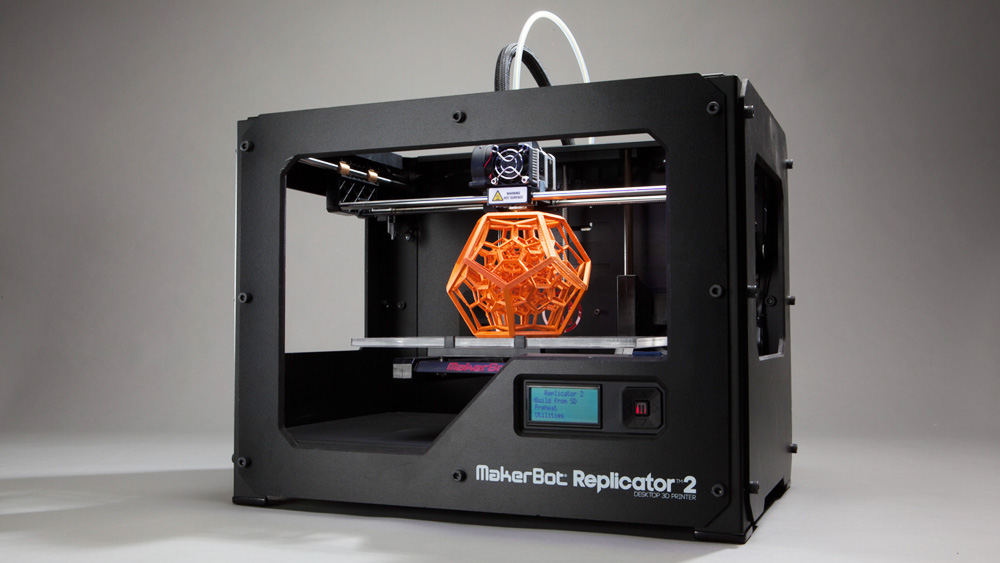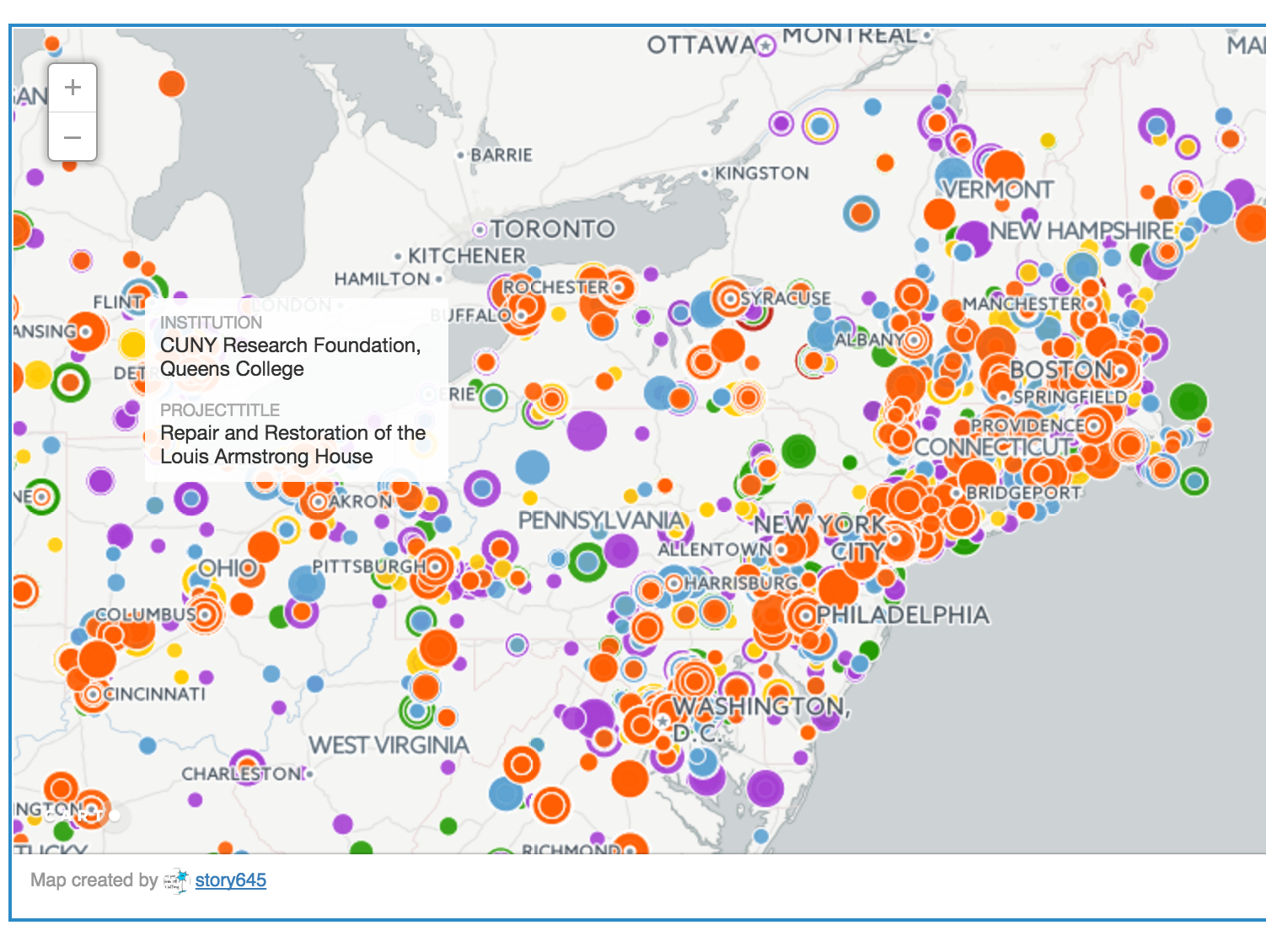
It can sometimes be overwhelming to decide which of the legions of digital tools out there are good for any given task, especially when you haven’t yet built expertise in the tools (or sometimes even the task). STEM people tend to lean towards the idea that the right tool is the one that gets the job done and former digital fellow Mary Catherine advocates tools that pass peer review, but those approaches inherently require a framework for evaluating those tools. The Deputy Director of Digital Initiatives Lisa Rhody’s Project Lab provides excellent guidance on how to scope goals so that it’s easier to evaluate which tools will help you accomplish those goals. A good first pass is to identify objectives and constraints:
Objectives
What does done look like?
Do you want to develop skills in a new tool for the sake of learning in and of itself? Is the goal to become better at some task like visual storytelling or data exploration? Is there a concrete deliverable such as a website or conference poster? You can have more than a few objectives, but the clearer they’re defined, the easier it is to hone in on which tools will help you meet your goals.
Constraints
What are your resources?
What factors could lead you to choose or exclude any suggested tool? These can be very project specific details such as the type of data involved in the project or if there’s money to pay for licenses or hire help. These can also be things like existing technical skill, the time available to complete the goal, or the availability and type of institutional support. As with objectives, an honest and detailed assessment will yield better rubrics for choosing a tool.
How do I choose?
This doesn’t have to be anywhere nearly as formalized as I’m making it seem. I am going to use myself as an example. I’m a digital fellow and a student in computer science working on visualizing complex conditional probabilities in data sets that are multivariate and multidimensional. I have several tasks I need to choose tools for:
Case study 1: NEH Project
Objective: Visualize how the NEH distributes grants – by discipline, project type, institution type, over time, geographically, etc.
Constraints: Data is geographic but not geocoded, starts in the 1960s and is not adjusted for inflation, is sometimes inconsistently coded, and is a mix of quantitative, categorical, and free text data. This project requires a really quick turn around and I’m very comfortable with Excel, adore Python, and have assisted a workshop on CartoDB.
Options: Python, R, Excel, Google sheets and fusion tables, ArcGIS, QGIS, Carto
Choice: Python –specifically the Pandas library, for the statistics and time series analysis and the basemap and cartopy libraries for the maps-because it gives me a greater range of options and far more control then excel, but also because I can do analysis more quickly in Python than in excel. I also used Carto for mapping individual locations because it can do the geocoding for me and because it’s far easier to make an interactive map in Carto than in Python. I chose not to use ArcGIS or QGIS here only because I wasn’t yet doing any analysis where I needed tools that powerful, though Carto has also added far more statistical analysis features since I worked on this. You can see how these choices play out in Visualizing the Local Impact of the NEH & Visualizing NEH Open Data.
Case study 2: 2nd Doctoral Exam in Computer Science
Objective: 25 page paper with long bibliography and oral presentation
Constraints: Paper must have figures, math equations, ACM bibliography style, needs to be in version control. I’ve got a few months to create the final product, have worked in LaTeX and markdown and not as much with Word.
Options: LaTeX, Markdown, MS Word, LibreOffice
Choice: LaTeX, mostly because it’s the most robust of the options for doing scientific papers. Markdown would be a fine choice too, and may even be advantageous when I need to transform this paper into slides. I rejected MS Word & LibreOffice mostly because I don’t know how to do things in them well enough for them to be advantageous for me.
Revised Choice: While LaTeX worked for my paper and slides, it was absolutely abysmal for reference management. So somewhere along the road, I added in Zotero to keep track of my bibliography. It doesn’t have the best integration with LaTeX, but I’m not having to manually search a bibtex file for every citation.
Revised Choice 2: I’d started this project using emacs (terminal based editor) for writing the paper, but switched to Sublime Text because Sublime can autofill citations from my bibliography using a plugin for LaTex.
What should you choose?
The key thing I want to stress here is that there’s really no right choice. The biggest factor in my decisions was a mixture of what I already know how to do and which tool I think best achieves my goal. There may very well be a tool that’s technically better suited…but the right tool for you is the one you can use. If you want to learn more about available tools and chat about which tools might work for your project, drop by our Office Hours, Python User Group, Skill Shares and Workshops.






